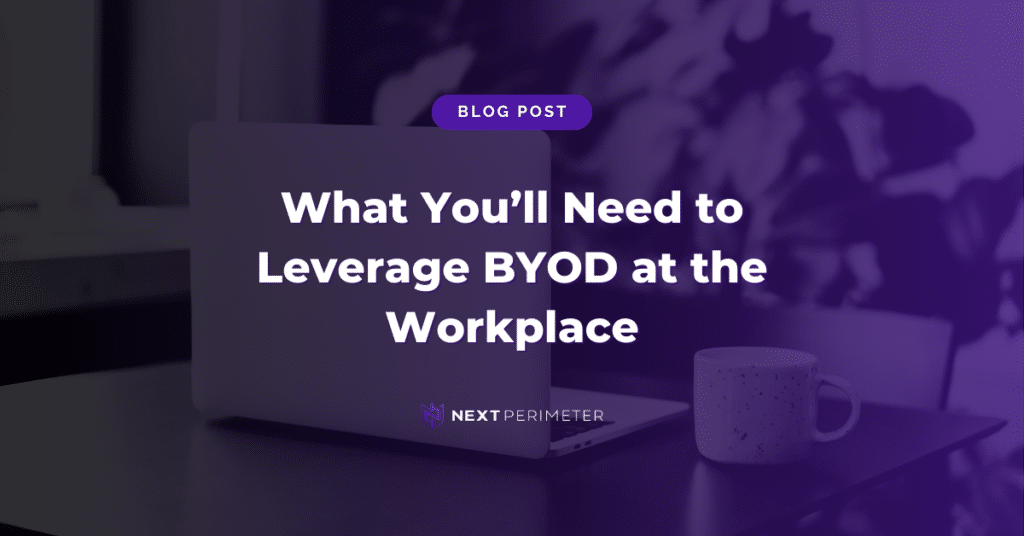Bring Your Own Device (BYOD) policies have been becoming more widespread among businesses. For employers, BYOD reduces the cost of supplying employees with the necessary equipment for their jobs. For employees, they benefit from working on devices they are familiar with, ultimately leading to more productivity. With the good comes the bad. In this case, opening your network to outside threats.
So, is a Bring Your Own Device policy worth it? Yes, but you need to implement it correctly. Today we are going to go over how to start a BYOD policy for your business successfully.
Unfortunately, implementing a Bring Your Own Device policy isn’t as easy as letting employees bring a device into the office and start working. Your employees have access to and share countless amounts of data every day. Giving them that ability to do that on their personal computer makes a BYOD policy a bit more complicated. Furthermore, certain industries have strict regulations that could make implantation even more daunting, but not impossible.
When you decide to start a BYOD policy at your organization, you’ll need a way to track individual devices. Keeping tabs on the devices lets you know what devices are on your network, who is using them, and what data they have access to. You can easily do this in Microsoft Excel or Google Sheets. A few basic things to keep track of are as followed:
- Employee Name
- Device Make/Model/Serial Number
- Is there access to File Sharing?
- Is there access to Email?
- Is there access to the VPN?
- Is there access from the VPN?
- Is there Remote Desktop access?
- What network devices/drives can be accessed?
- What apps and licenses are required?
Once you have the list of all the devices that will be on the network, you need a way to manage all of them. This comes in the form of a mobile management software. To ensure a BYOD policy works and to ensure network security, administrators will need access to the devices. Not surprisingly, this doesn’t sit well will to many people. When an outside device enters the workplace, a business needs to manage the risk that involves. Some compromises might need to be made to satisfy both parties.
BYOD policies have been implemented across all industries, so it’s not difficult to find an option that will please everyone without overstepping boundaries. There are ways to customize security for certain applications. With admin controls, only privileged users have rights to look at specific apps. This way of managing devices eliminates the need for a more invasive security policy and eases privacy concerns among your employees.
Like any change to operating a business, there are advantages and disadvantages to implementing a BYOD policy in the workplace. Your employees will be comfortable working on a device they are familiar with, but the potential security implications are hard to ignore.
If you’re thinking about starting a Bring Your Own Device policy at your work and need help getting it off the ground, Next Perimeter can help. Our network monitoring tools can help alleviate the stress associated with new devices connecting to your company’s network. The Next Perimeter’s team of specialists will help with implementation, management, and support for all devices that an employee brings in. To learn more, send us a message or call at 888-286-4816.




